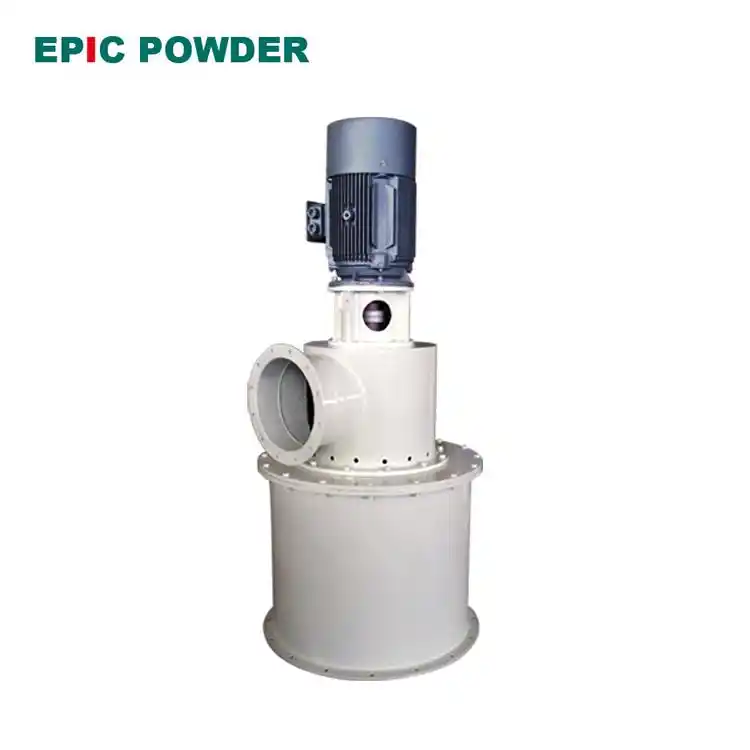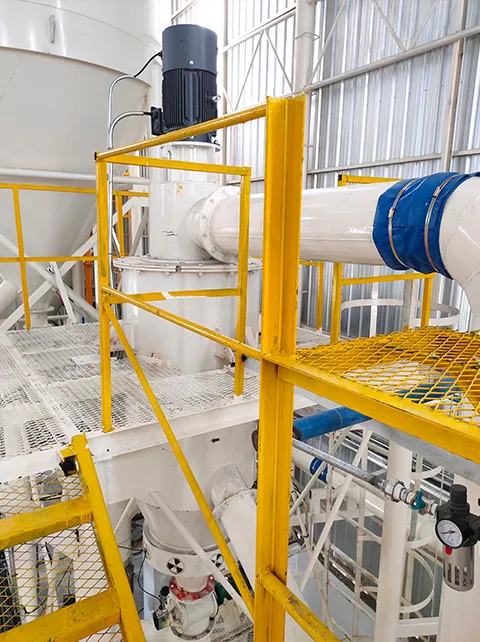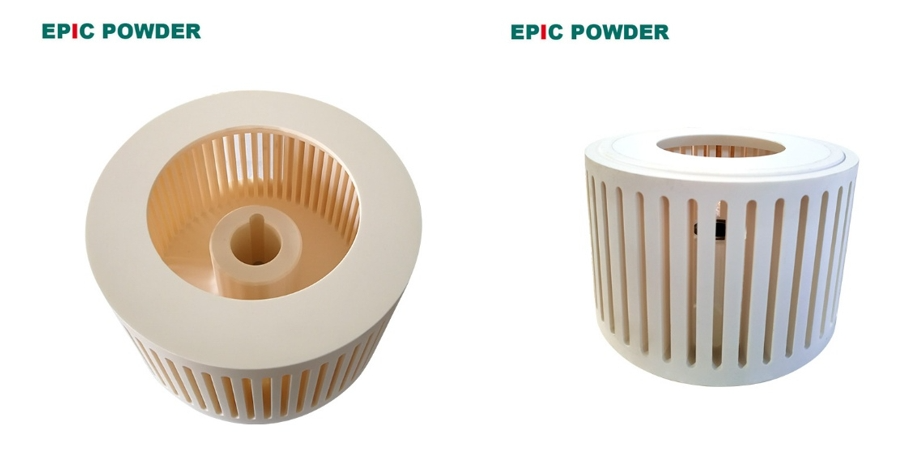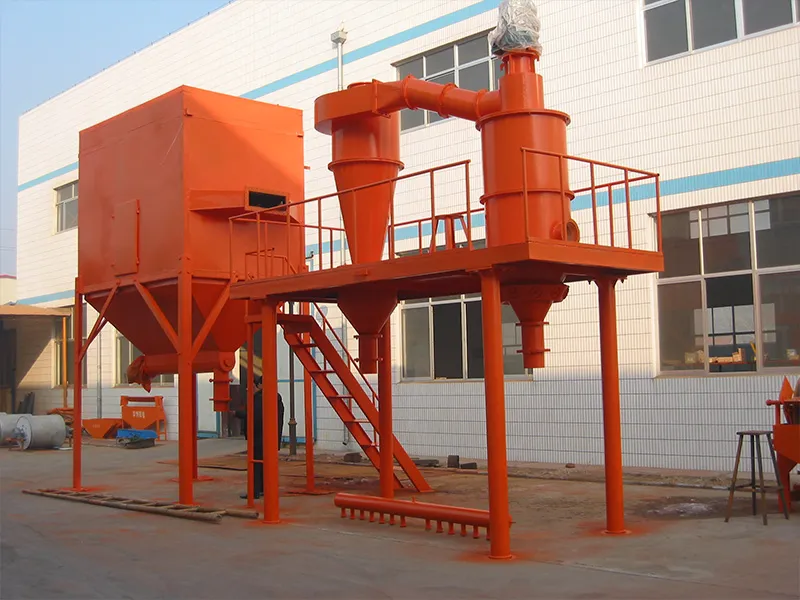When it comes to efficiently classifying powders, the choice between vertical and horizontal classifier wheels can have a big impact on performance, cost, and ease of operation. While both types have their uses, vertical classifier wheels offer several clear advantages in terms of simplicity, versatility, and maintenance. Here is a detailed comparison highlighting the benefits of vertical classifier wheels over horizontal ones.


Ease of Manufacturing and Reduced Wear
The structure of vertical classifier wheels is relatively simple, which helps lower manufacturing costs. During operation, the powder airflow is blocked by the bottom of the classification impeller, causing the powder to bypass it before entering the classification zone. This flow pattern reduces the direct impact of powder on the wheel, resulting in less wear over time.
Applicability and Flexibility
Vertical classifier wheels can handle a wide variety of particle shapes, including spherical, flake-shaped, and irregular particles, as well as particles with different densities. This broad applicability makes them suitable for many industries. They can also be combined in series with different types of grinding equipment like ball mills, vibration mills, and Raymond mills to form closed-loop systems. This adds flexibility and boosts production line efficiency.
Classification Efficiency and Particle Size Control
While vertical classifier wheels might have slightly lower classification efficiency than horizontal wheels, they can still achieve high efficiency under certain conditions, such as when material flowability is good and most particles meet size requirements. Vertical classifiers can produce powder sizes ranging from about 3 to 150 microns (D97), with stepless adjustable particle sizes that make product changeover easy.

Operation and Maintenance
Vertical classifiers are typically equipped with programmable control systems that provide real-time operational status, making them user-friendly. Though inspecting and replacing nozzles requires opening the side cover of the lower housing—which can be somewhat inconvenient—maintenance like cleaning during product changes can be simpler since the motor does not need to be disassembled. This can be an advantage compared to horizontal classifier wheels.
Conclusion
It is worth noting that vertical classifier wheels may not match the precise classification and ultrafine powder handling capabilities of horizontal wheels. Therefore, the choice depends on the specific application. Vertical wheels tend to be better suited for producing coarser powders or handling high-volume output. Horizontal wheels excel in applications requiring finer particle quality and tighter control, especially below 10 microns.
For advanced classification needs, companies like Epic Powder offer innovative solutions that combine vertical and horizontal classification principles. Their systems provide high precision, excellent efficiency, flexibility, and easy maintenance. This makes them great partners for industries seeking optimized powder classification, whether using vertical, horizontal, or hybrid approaches.

